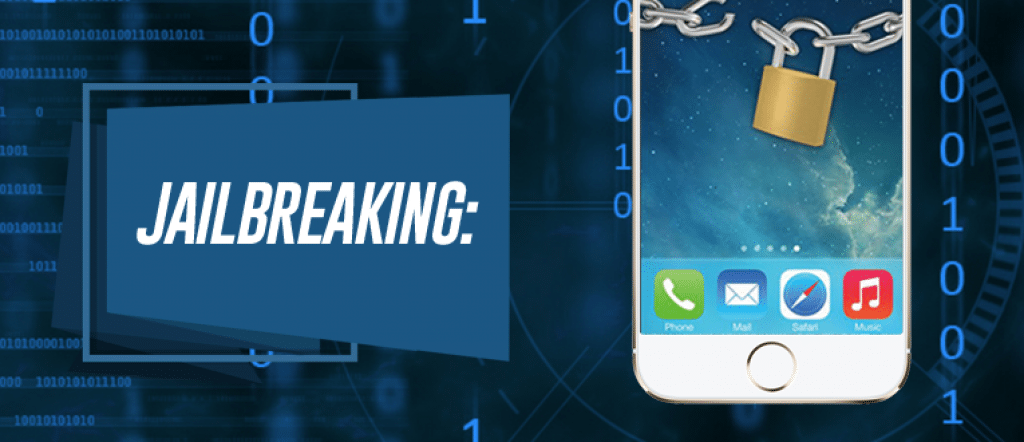What is jailbreaking?
Jailbreaking is the removal of restrictions that are set on various devices, such as those on an electronic tablet or smartphone.
Jailbreaking a device allows a user to unlock and install applications and make other changes not necessarily approved by the manufacturer of the software.
How does it work?
Because jailbreaking involves maneuvering around the restrictions placed on a phone by the manufacturer, those who choose to jailbreak are taking additional risks.
The manufacturers of electronic devices often use DRM software – Digital Rights Management – on the products they make, such as an iPhone.
The entire purpose of the DRM is to limit the software that can be used on the device and to add a level of security.
Jailbreaking is essentially hacking into the device to bypass these restrictions.
Many websites, including YouTube, offer how-tos that explain, step by step, the process behind jailbreaking.
What are the pros and cons?
Jailbreaking a phone or tablet might provide the user with the ability to modify pre-existing settings and to download an application otherwise prohibited on the device.
In essence, those who jailbreak a device often do so for the freedom to use it in ways the manufacturer didn’t necessarily intend.
It gives the user the administrative rights, rather than the manufacturer.
But there are some serious risks with jailbreaking, because the process may expose the device to malicious attacks.
If the right expert were able to gain access to a smartphone or tablet because its security system have been put aside during jailbreaking, they may be able to garner private information.
Malicious applications do exist
With one bad app, the threat of your device being hacked increases tremendously.
For example, malware has been discovered inside some of the files downloaded through a popular non-Apple application store.
It’s also important to remember that downloading an app provides that app with complete access to all that exists on your phone.
Even the best applications from legitimate sources can be attacked by cyber criminals.
When a phone is put through the jailbreaking process, apps that once were not allowed to have “root” access may now gain access to an address book, location information, and photos.
Another threat exists if your device is stolen. For example, Apple has long used one root password for its operating system.
This root password is no secret to the world, which means a thief who comes in contact with your device has the ability to break in and gather your information.
Many forget to change the root password after jailbreaking their device.
Yet another threat
The inability to update the operating system with device that was unlocked through jailbreaking.
With iPhone and iPad devices, users will be required to go back to the default mode that existed before the jailbreak.
Those who decline to update the device, and instead hold out for the next jailbreak, leave themselves open to malware that can sneak in through the security vulnerabilities.
Some of the problems associated with jailbreaking don’t necessarily involve malicious activity, but simply the operation of the device itself.
Applications that were prohibited before the jailbreak process might cause the device to be unstable, to use massive amounts of data, or even to quickly use up the battery life.
It’s also worth noting that jailbreaking a device will likely void any warranty that came with the product, and it’s unlikely the manufacturer will offer any assistance in times of trouble.
I’ve jailbroken my device, what should I do?
It’s important, if you choose to unlock your device, to change the root password.
Also, keep anti-virus software installed to help filter out possible dangers.
You can find security software inside the App Store, though not all will protect from malware.
Also, use caution when you consider downloading an application on a jailbroken device.
Dangerous software is often disguised to look like a popular program.
Security experts warn not to download a “free” version of an application that would otherwise cost money.[/vc_column_text][/vc_column][/vc_row]

